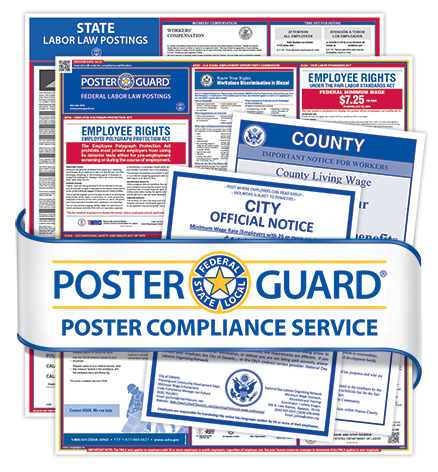Every worker should be paid for the hours they work. This may seem obvious, but it isn’t always the case. Workers across the nation are routinely denied wages they’ve rightfully earned, which can lead to the recovery of large sums of back pay later. In fact, since 2009, the Department of Labor’s Wage and Hour Division has collected $1.3 billion in back wages for more than 1.5 million workers nationwide. While some employers knowingly shortchange their workers, there are just as many honest, reputable businesses that end up owing back wages due to simple, yet costly, mistakes.
Wage investigations are most often the result of workers receiving less than the minimum wage, an especially common complaint among tipped employees. Under the Fair Labor Standards Act (FLSA), employers can pay tipped employees a much lower minimum wage as long as the employee is making enough tips to meet the minimum wage level. If employees aren’t pulling in enough tips, however, employers are expected to make up the difference – which many don’t.
Another trouble area with the minimum wage is if too many deductions are coming out of workers’ paychecks. If you charge workers for uniforms or tools, their hourly rate may fall below the minimum wage. Providing employees with a pay advance – which may not even be allowed under your local laws – can also reduce earnings below the minimum wage, in which case they would be entitled to back pay.
Lesson 1: Avoid Misclassification Mishaps
Misclassifying employees as independent contractors can also lead to pay problems. By misclassifying employees as independent contractors, employers avoid paying for overtime, benefits, workers’ compensation insurance, unemployment compensation tax and their share of Social Security and Medicare taxes. All of that can add up to a hefty sum, which would be due in back wages.
Even if workers are properly classified as employees, they may not be classified as the right kind of employee. Based on several factors, an employee may either be exempt or nonexempt. The big difference between the two: Nonexempt employees receive overtime pay, while exempt employees do not. If you’re misclassifying employees as exempt, you’re not paying them overtime they’re owed.
Lesson 2: Correctly Calculate Overtime Pay
Overtime kicks in for any time spent working beyond 40 hours per week, which includes work-related activities. Putting on a uniform, for example, should be paid for if the clothing change is “integral and indispensable to the work.” Other common activities that should be paid for include traveling during working hours, training and “winding down” work duties, such as cleaning or repairing equipment.
Calculating overtime pay correctly is another area where employers often make mistakes that lead to back wage payments. Overtime pay is set at one-and-a-half times the worker’s normal rate for any hours over 40 in a workweek. When calculating overtime rates, it’s important to include factors outside of salary – like commissions, piece rates or nondiscretionary bonuses. For example, if you pay employees $10 an hour, you might assume their overtime pay would be $15 an hour. But if you’re also including a $100 performance bonus on a 50-hour workweek, their base wage is actually $12 an hour, which would make their overtime rate $18 an hour.
Some states have their own overtime laws. In cases where an employee is subject to both the state and federal overtime laws, the employee is entitled to overtime according to the higher standard (i.e., the standard that will provide the higher overtime pay). For example, California and a handful of other states have a daily overtime laws, which means that nonexempt employees are entitled to overtime for every hour more than eight that they work in a day.
It’s Time to Take Preventative Measures
To avoid owing your workers back wages, review their job descriptions and duties regularly to ensure they’re classified properly. Always keep detailed time and pay records, too, to verify that tipped employees are receiving fair wages and that nonexempt employees are being paid for all hours spent working.



